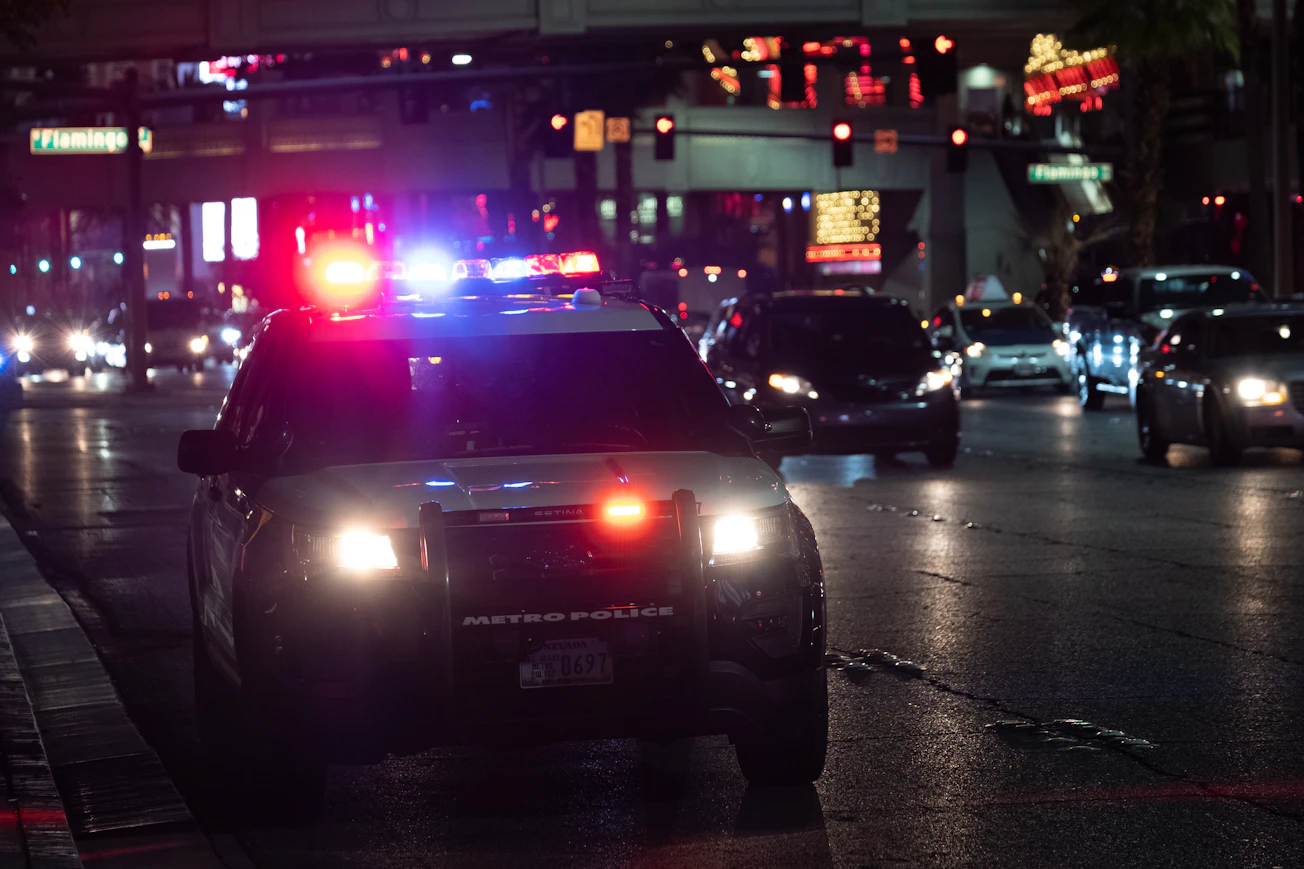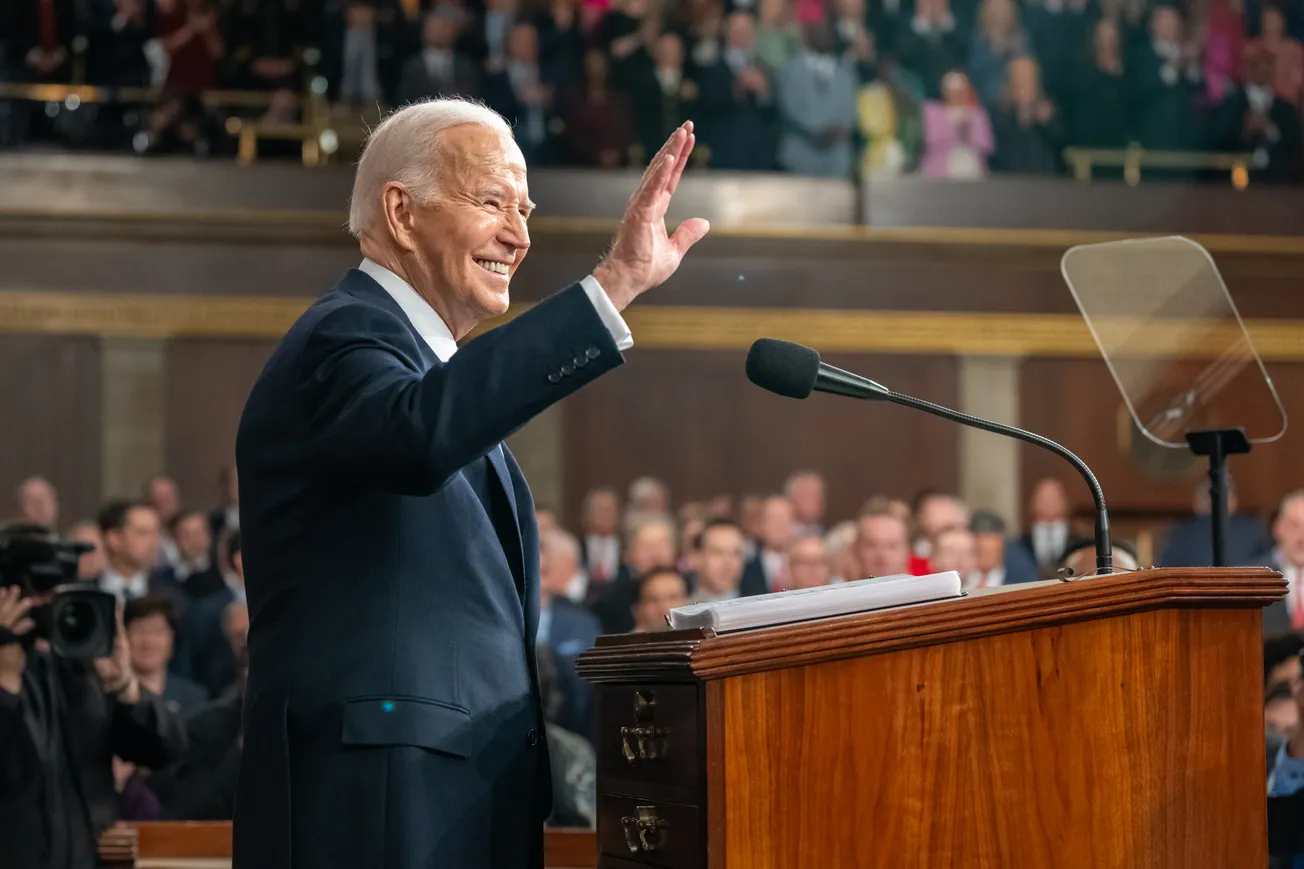By Lisa B. Nelson and Ja'Ron Smith via the Daily Caller News Foundation on May 1, 2023
The historic rise in violent crime over the last several years has been coupled with an even more alarming statistic: less than half of violent crimes are “cleared” by an arrest, meaning most serious offenses remain unsolved. With police departments and prosecutors’ offices hamstrung by misguided policy and tighter budgets, it is no wonder the murder rate shot up 34% between 2019 and 2022. If America wants safer streets, it should embrace a community-centered approach that is surgical in striking against violence, while strengthening the relationship between law enforcement and neighborhood residents.
Because violent crime is usually concentrated in geographic locations and social networks (“hotspots”), it follows that to reduce violent crime, police resources are best utilized where crime occurs most. This tactic has been shown to effectively reduce crime in high-crime pockets of cities, with positive effects extending to surrounding areas.
The city of Dallas, Texas has successfully implemented a violence reduction plan that utilizes this approach. After its implementation in 2021, murders decreased 13% that year and another 9% in 2022. Overall, violent crime dropped 5.5%in 2022. Additionally, arrests decreased by 11% — focusing on “hotspots” not only decreased crime, it simultaneously reduced unnecessary contact with the justice system, freeing up more resources to be put towards the most serious offenses.
According to the Dallas Police, their program “relies on increased police visibility and intelligence-led offender targeting rather than generalized ‘stop and frisk’ or other dragnet tactics.”
There are other examples of focused policing programs done right. In the 1990s, Boston’s “Operation Ceasefire” program used a policing tactic called “focused deterrence” to identify individuals at the highest risk of committing crimes. Officers then worked with the community to intervene and provide support services for those wanting to leave this negative lifestyle. The program decreased monthly youth homicides by 63% when it was first implemented.
Clearly, we should not give up on evidence-based policing practices to improve public safety. We should, however, recognize that they will only be successful if conducted with the trust and support of the community. To that end, we must give police officers the training they deserve and ensure that policing culture aligns with a mission to protect and serve. At the American Legislative Exchange Council (ALEC), we recognize the value of these critical components of our justice system, as the members of our Criminal Justice Task Force have brought forth insightful approaches to meaningful justice reform for over 20 years. Model policies from the task force, like the Resolution in Support of Effective Strategies to Support Law Enforcement and Reduce Violent Crime, and many others, provide recommendations for local officials pursuing effective solutions.
Local leaders should prioritize training that emphasizes respect, neutrality, giving citizens a voice, and conveying trustworthy motives, which has been shown to “improve officer behavior, enhance community engagement, and reduce arrests and uses of force.
But improved training requires proper funding. Today, many police departments rely on collecting fines and fees, such as traffic tickets, to help fund their budgets. Rather than pit the police against the public, funding departments via transparent and sufficient appropriations can help reduce unnecessary and hostile police-community interactions and increase police effectiveness at solving serious crime.
Implementing co-responder models that pair law enforcement with social services experts is also worthy of consideration. Professionals who are better trained to deal with mental health and substance abuse situations minimize the likelihood of a negative interaction while freeing up other police resources. These programs have proven effective at de-escalating crisis situations, reducing arrests, and helping community members get proper treatment services.
Americans are yearning for safer and stronger communities. Local policymakers’ intent on fighting crime and improving trust with the community should favor approaches that prioritize evidence-backed policing tactics, proper law enforcement funding, and increased community involvement and support. All Americans would benefit from these proven solutions — particularly our law enforcement officers and the communities they serve.
Lisa B. Nelson is CEO of the American Legislative Exchange Council (ALEC). Ja’Ron Smith is a Partner at Dentons Global Advisors and Head of the Public Safety Solutions for America Coalition.
Original article link









